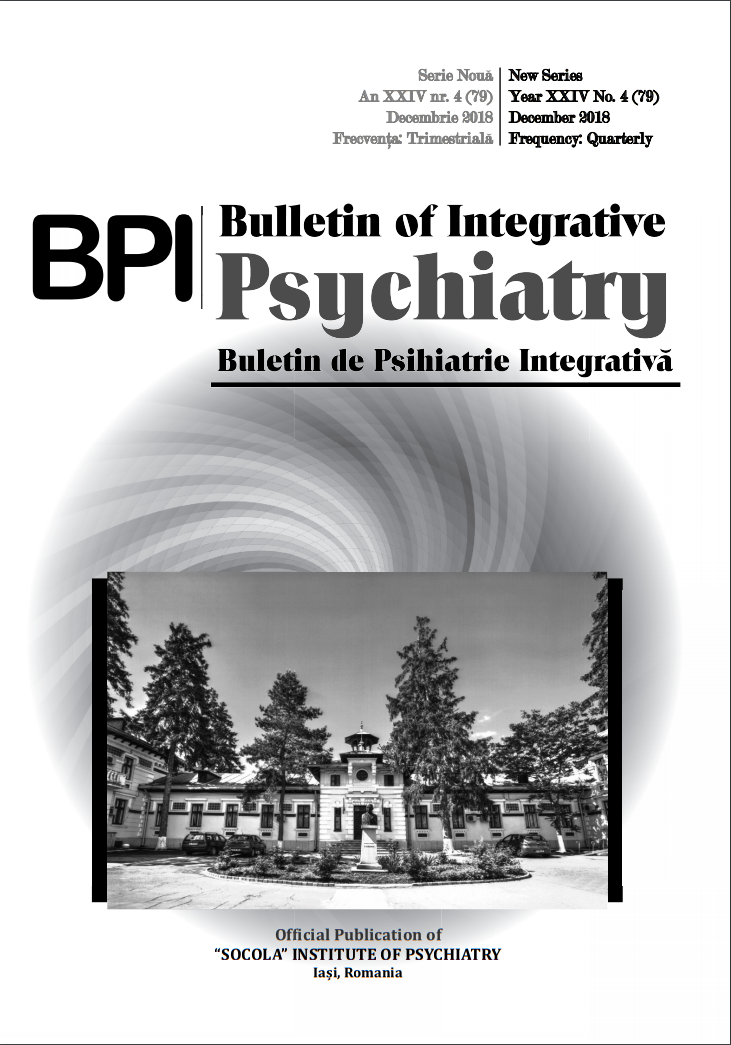Psychiatric disorders in juvenile primary hyperparathyroidism. Case Report
Psychiatric disorders in juvenile primary hyperparathyroidism. Case Report
Author(s): Laura Teodoroiu, Cezara Botezatu, Alexandru Grigorovici, Delia Ciobanu, Cipriana Ștefănescu, Cristina PredaSubject(s): Social Sciences, Psychology
Published by: Editura Sedcom Libris Iasi
Keywords: children; primary hyperparathyroidism; psychiatric symptoms;
Summary/Abstract: Introduction: Primary hyperparathyroidism (PHPT) results from autonomous parathyroid hormone (PTH) hyper secretion characterized by elevated serum calcium and low serum phosphate. PHPT is common among adults, in contrast to children and adolescents (juvenile PHPT). Pediatric PHPT is more aggressive than adult primary hyperparathyroidism. These patients have higher levels of serum and urinary calcium associated with distinctive psychiatric disorders as: depression, anxiety, cognitive dysfunction, insomnia, confusion, and personality changes. Case report: A 16 years old girl was admitted for recurrent renal colic pain with cephalalgia, nausea, sleep disturbance, reduced concentration, 1nood swings, anxiety and irritability. She recent developed excessive fatigue, a decline in school performance and low self-esteem. Biological investigation revealed hypercalcemia, hypercalciuria, hypophosphatemia and elevated PTH. Anterior cervical ultrasound described a hypoechoic nodule situated on the projection of right inferior parathyroid gland and parathyroid scintigraphy (99mTc MIBI) confirmed the supposition of parathyroid adenoma. The psychiatric evaluation concluded that she had mild disturbance of affectivity and mild memory impairment. After the parathyroid adenoma surgery, the psychiatric disturbances disappeared with no relapse since then. Conclusion: This case is relevant by its particularity that a young girl with PHPT, a rare disorder in children, was admitted for important hypercalcemia with psychiatric symptoms. Due to the fact that psychiatric disturbances completely resolved after the parathyroid adenoma resection, it's conceivable that the patient's symptoms were causally related to bypercalcemia secondary to PHTP. It is necessary to have a multidisciplinary monitoring team (endocrinologist, psychiatrist, and psychologist) for better diagnosis and treatment management, especially in children when we are more likely to overlook the psychiatric symptoms.
Journal: Buletin de Psihiatrie Integrativa
- Issue Year: 79/2018
- Issue No: 4
- Page Range: 95-101
- Page Count: 7
- Language: English

